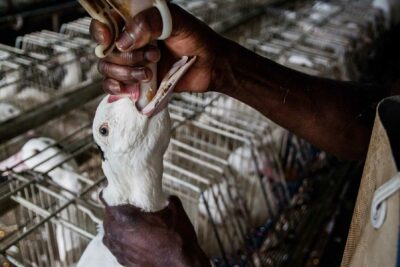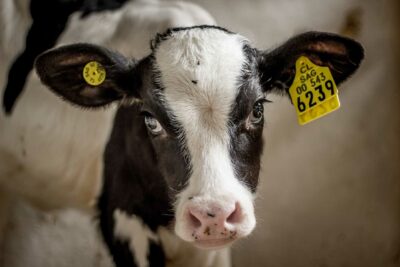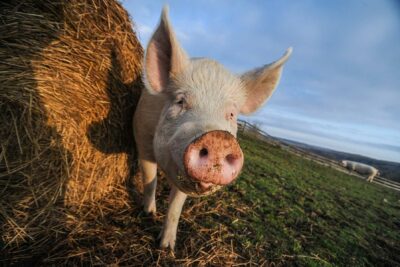When it comes to animal exploitation, there are few more barbaric, cruel, and unnecessary practices than the production of foie gras. Of course, imprisoning and slaughtering any animal for our consumption is cruel and almost always unnecessary, but the production of foie gras is especially horrifying, hence it being banned in 15 countries.
What is Foie Gras?
Foie Gras is pâté made of the minced liver of a slaughtered duck or goose. What’s uniquely horrifying about foie gras, is that ducks and geese are force-fed until they contract a disease called hepatic steatosis, which enlarges their liver organ to a completely unnatural size. They are then slaughtered and their diseased liver is ground up and made into pâté or other side dishes.

What Is Foie Gras in French?
Foie gras translates literally to ‘fatty liver.’
What Is the Difference Between Pâté and Foie Gras?
Pâté is the general term given to a rich, savory paste made from minced ingredients. In many cases, animal flesh is used to produce pâté, but it absolutely does not need to be. There are many delicious, nutritious, and ethical pâtés available that use mushrooms, walnuts, pumpkin, and more.
Foie gras is the name specifically given to the barbaric production of enlarged goose or duck liver.
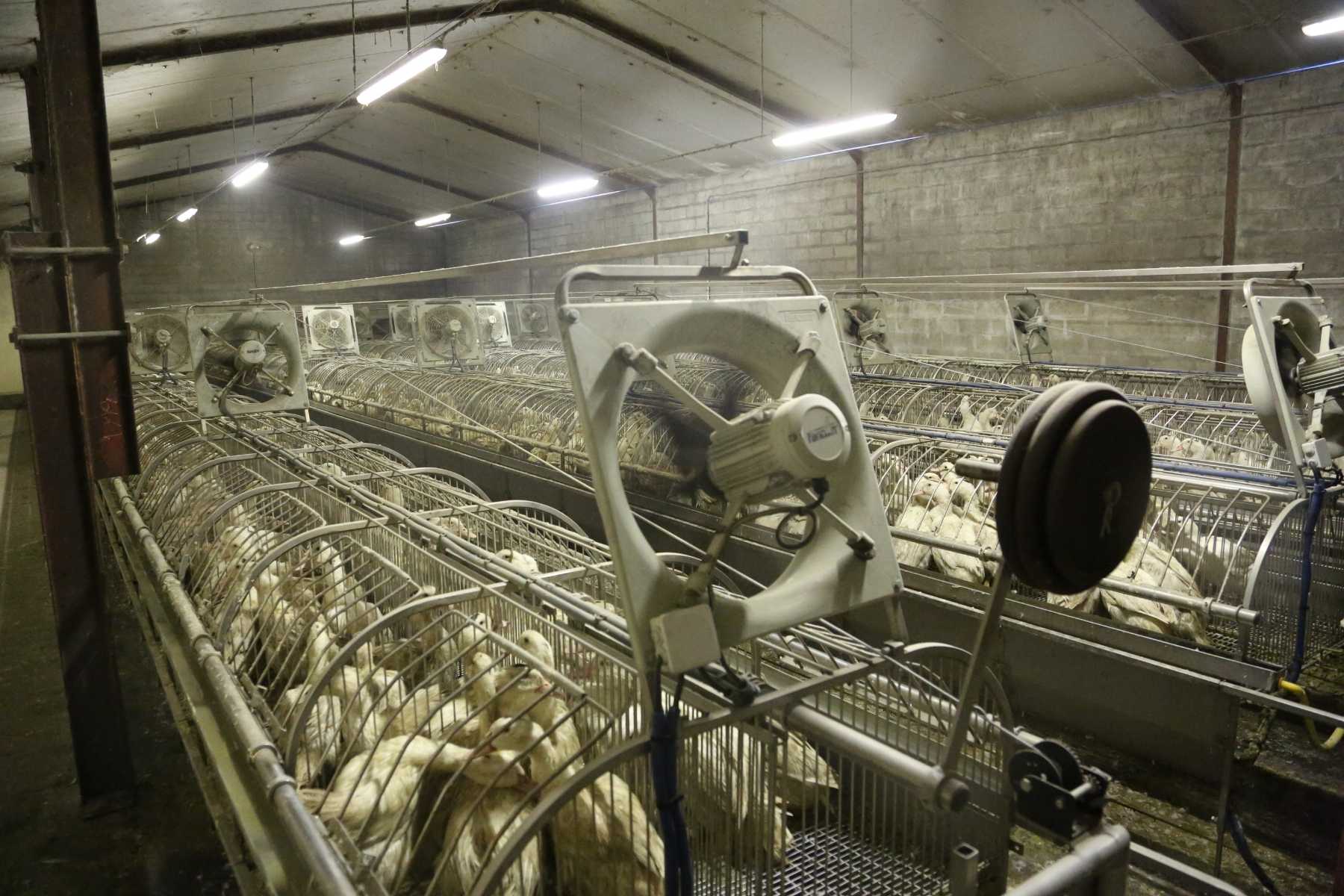
Why is Foie Gras Cruel? Does Foie Gras Hurt the Animal?
There is absolutely no question that foie gras is cruel, in fact it is one of the cruelest forms of animal exploitation that exists.
In their short existence, these poor animals are caged, force fed, intentionally inflicted with liver disease, and then slaughtered, all within 12 weeks of their natural 10-year life span. In the first eight weeks of their miserable existence, they are kept indoors, often in tiny cages where the birds cannot even turn around, let alone enact any behaviors that are natural to them. Reports from investigations into foie gras farms describe these usually complex and sensitive birds as ‘listless’ and often lame with foot and skin infections.
After eight weeks, the birds are subjected to four weeks of repeated force feeding. In this time, a huge number of individual birds will die from their treatment from health issues like fungal infections, diarrhea, liver damage, heat stress, sternum fracture, and esophagus damage — caused by having a feeding tube forced down their throats. Foie gras production has a mortality rate 20 times higher than other farming practices that do not include forced feeding.
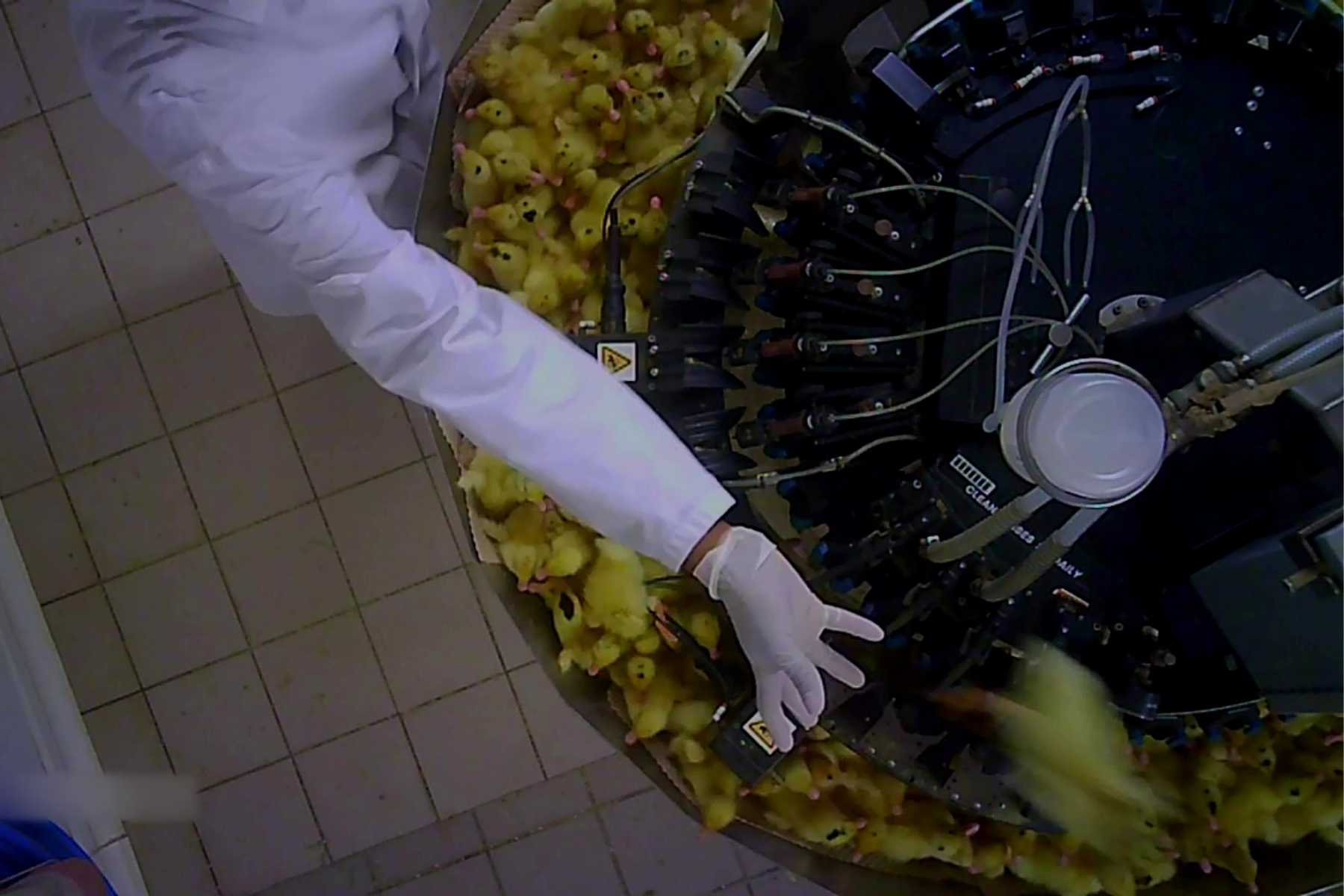
Finally, just as with male chicks in the egg industry, female goose chicks are considered useless to the foie gras industry and are killed on day one of their lives, usually by being thrown into a macerator or gassed. The bodies of these babies are usually ground up and made into cheap meat products like pet food.
Is Foie Gras Illegal in The US?
Foie gras is almost completely legal and available across the US. The only state law in place is a ban on production in California, yet consumption is still allowed there if the product has come from out of state. New York City is currently trying to pass a total ban on production and consumption, but of course they are experiencing massive delays due to lawsuits from foie gras farms, who will defend their right to profit from cruelty to the very end.
Foie gras farms still exist all over the US however, and many supporters of the barbaric product will defend American foie gras production, with flimsy promises of higher welfare than in other countries, but the evidence suggests otherwise. Many experts simply say, and we would tend to agree, that you don’t need research and data to express how unnecessary and barbaric foie gras production is. In fact, as sentient, intelligent beings, we should know better.

What Countries Have Banned Foie Gras?
Currently there are production bans in place in Argentina, Czech Republic, Denmark, Finland, Germany, Ireland, Israel, Italy, Luxembourg, Netherlands, Norway, Poland, Sweden, Switzerland, and the UK.
Whether imports of foie gras end up on plates in these countries is another question and unfortunately for millions of poor geese, the answer is usually that they do, even if restricted to fine dining restaurants.

Conclusion
Foie gras is a product that is rightly never far from controversy, yet it persists around the world, and geese continue to suffer unimaginably as a result.
Pâté is just a descriptive term, and there is absolutely no reason for pâté products to contain any meat, let alone the diseased, fatty liver of a goose. Delicious pâté can be made from all kinds of natural, plant-based ingredients and be delicious, ethical, and uncontroversial.
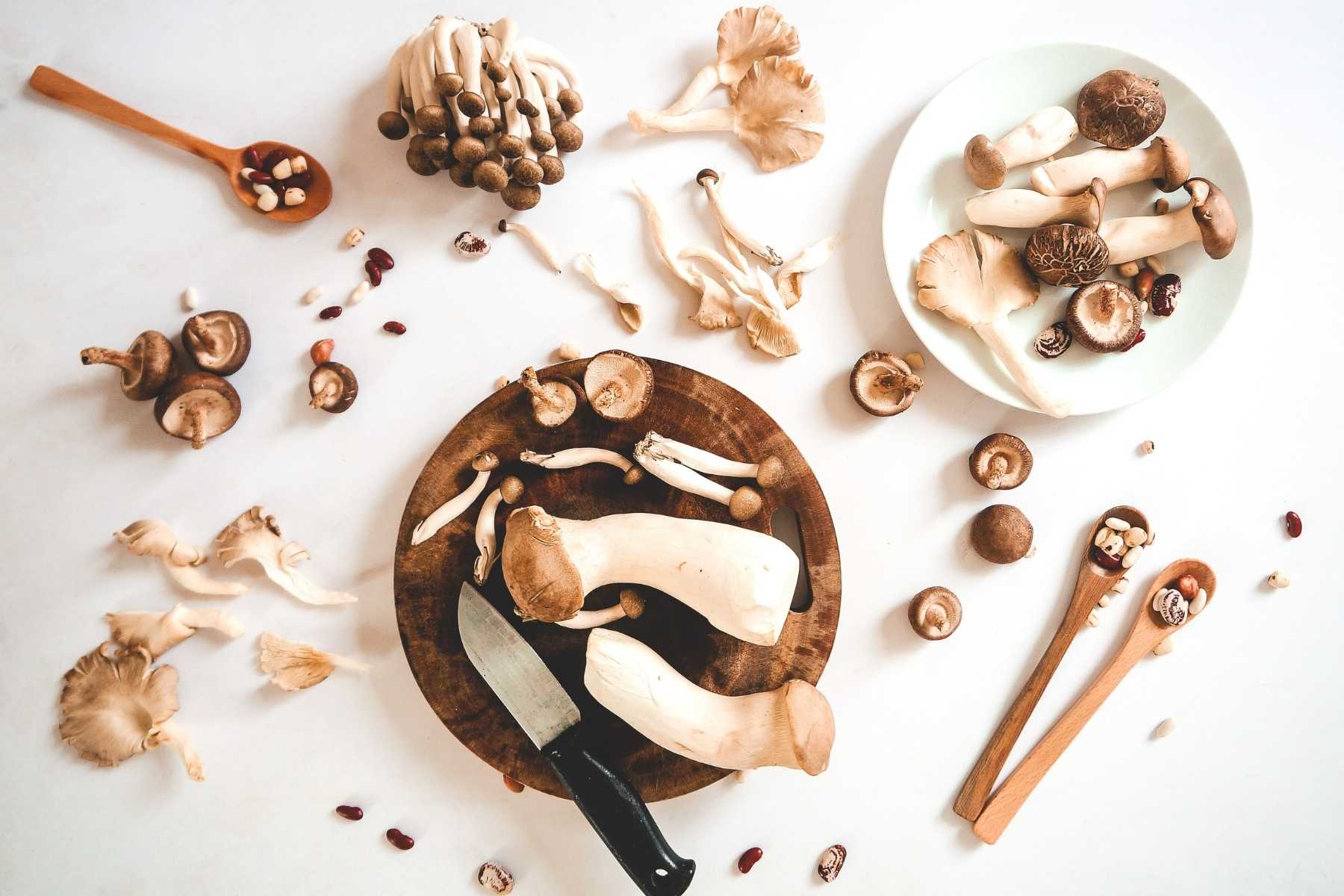
So we would ask, if there is another option, one that is better for us and the planet, and spares our fellow beings from unimaginable suffering, why wouldn’t we choose it? Our experience remains the same, but we have made a powerful choice to avoid the inexcusable and unnecessary cruelty that is inherent in products like foie gras.
